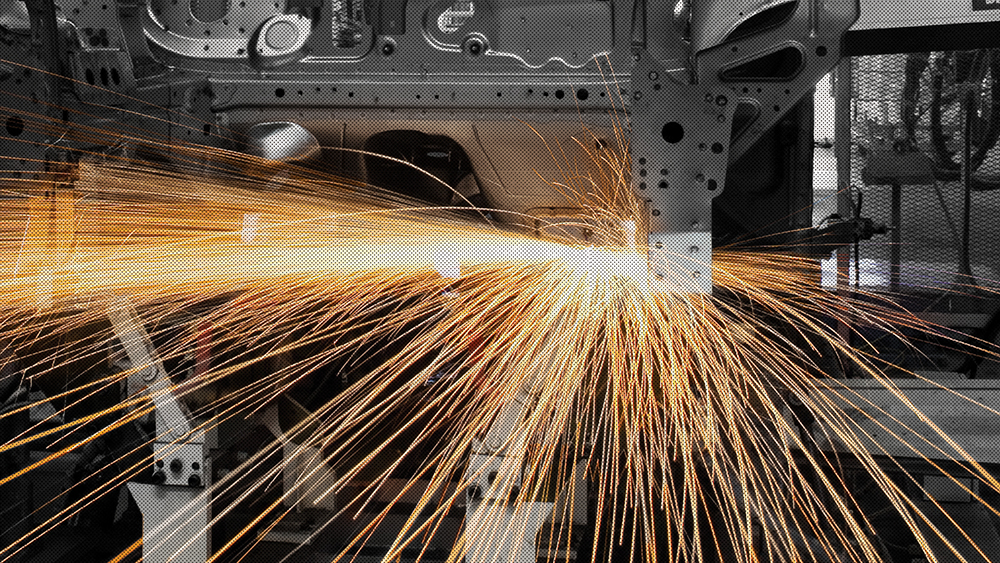
By Tony Moore
In the past year, Department of Labor investigations, as well as reporting by The New York Times, 60 Minutes, and Reuters, have revealed an outbreak of child labor in the U.S. Those cases include children, some as young as 13, cleaning machines in the middle of the night using hazardous chemicals on the kill floors of leading meat-processing companies.
“When I started to learn more about the recent outbreak of child labor in industries where we thought it no longer existed — auto manufacturing and meat processing, in particular — I was deeply disturbed and wanted to know more about what was driving it,” says David Weil, former dean and current professor at the Heller School, and a senior faculty fellow at the Harvard Kennedy School’s Ash Center for Democratic Governance and Innovation. An expert in the multifaceted world of labor, Weil has written five books and published more than 125 articles, dedicating his academic career to understanding what drives conditions at work and how they can be improved.
A Cluster of Circumstances
During his tenure as the head of the Wage and Hour Division of the U.S. Department of Labor in the Obama administration, Weil translated his scholarly work into action. He saw firsthand the extent of wage theft — employers failing to pay what is required by law — particularly for low-wage and vulnerable workers. But the more recent findings of children working in settings that have been outlawed since the Fair Labor Standards Act passed 85 years ago still shocked him.
When asked, “Why here, why now?” Weil cites factors such as industries facing continued worker shortages in the wake of the pandemic and the presence of hundreds of thousands of unaccompanied minors currently awaiting asylum being drawn into the workplace due to the absence of adequate social and economic support. But his research focuses on a third factor, one that exacerbates the first two.
“In all of the major cases involved in manufacturing, we find what I call the ‘fissured workplace’ setup,” he says. “Big, well-known companies — in these cases, Hyundai, Frito-Lay, and others — have outsourced production jobs to secondary players, who in turn subcontract the recruitment and hiring to local staffing agencies of, let us say, dubious character. All of this is a formula for the heartbreaking child-labor stories we see.”
Fixing a Hole in the Ocean
Building on his work as a scholar and in government, Weil conducted research over the last six years that has focused on the growth of the fissured workplace, drawing on his most famous book, which bears the term as its title. He sees the use of outsourcing as a leading cause of violations of core labor standards while also undermining the wages and working conditions of all employees in affected industries.
“There are ways to address it through revisions in employment and labor laws at the federal and state levels, through how we implement our laws, and by changing norms about how we expect people to be treated when they work,” Weil notes. “There are many proven ways we can undertake enforcement of our laws more strategically to deal with the holes created by the fissured workplace.”
From Generation to Generation
Weil is working on projects that seek to test new ways to improve worker protections, among them, a new book on how workplace norms come to be and how that can inform labor policies. And as he considers the future of work, Weil also looks back, to where his interest in the subject was first awakened.
“My father was a physician and got involved in President Johnson’s War on Poverty,” he says. “Hearing about that at the kitchen table while I was growing up — and from my grandmother who immigrated to the U.S. around 1906 and worked in the garment industry — put child labor, and the broader issue of treatment at work, in my mind for a very long time.”
